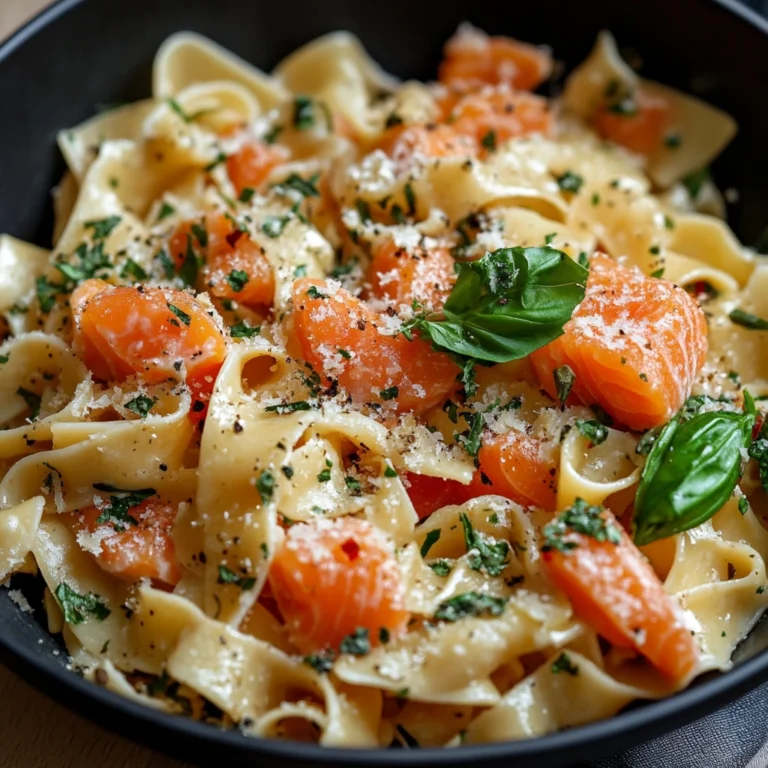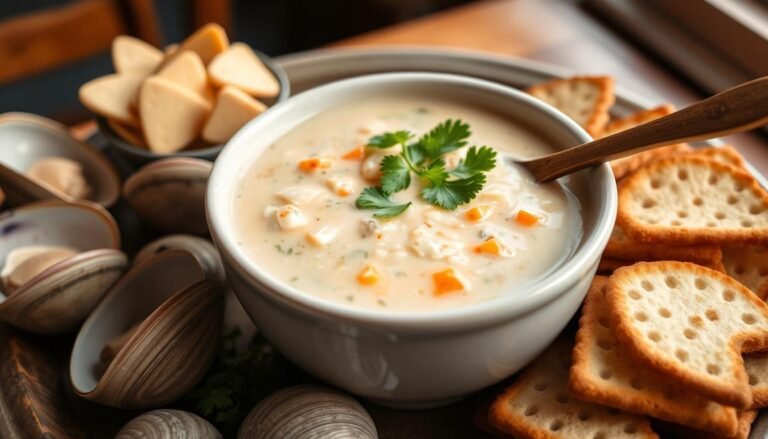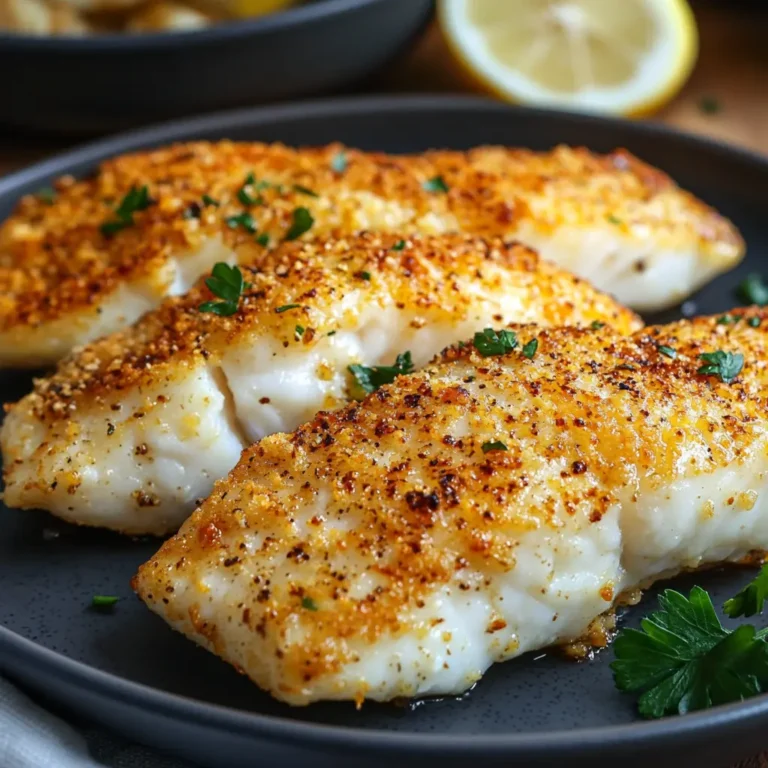Oven-Baked Salmon Recipe
Oven-baked salmon is one of the most rewarding dishes you can prepare in your kitchen. Elegant enough for special occasions yet simple enough for weeknight dinners, this versatile fish transforms into a succulent, flavorful centerpiece with minimal effort. This recipe delivers perfectly cooked salmon with a delightful balance of flavors that will impress both seafood enthusiasts and those new to cooking fish.
Table of Contents
Why You’ll Love This Recipe
There’s so much to adore about this oven-baked salmon recipe. First and foremost, it’s remarkably easy to prepare, making it accessible even to novice cooks. The oven does most of the work, allowing you to focus on other aspects of your meal or simply relax while dinner cooks.
Salmon is naturally packed with nutrients, and this preparation method preserves its health benefits while enhancing its natural flavors. The beautiful pink flesh becomes tender and moist when baked properly, with just the right amount of seasoning to complement rather than overpower its delicate taste.
Perhaps most importantly, this recipe is incredibly reliable. Following these instructions will result in perfectly cooked salmon every time—never dry, never underdone. It’s a technique you’ll return to again and again, whether cooking for yourself, your family, or guests.

Preparation Time and Yield
- Prep Time: 10 minutes
- Cook Time: 15-20 minutes
- Total Time: 25-30 minutes
- Servings: 4
- Difficulty: Easy
This recipe is designed for efficiency without sacrificing quality. With just 10 minutes of active preparation and less than 20 minutes in the oven, you can have a restaurant-quality dinner on the table in under half an hour.
Nutritional Information (Per Serving)
- Calories: 280
- Protein: 34g
- Fat: 15g (mostly heart-healthy omega-3 fatty acids)
- Carbohydrates: 2g
- Fiber: 0g
- Sodium: 320mg
- Vitamin D: 100% of daily recommended intake
- Vitamin B12: 236% of daily recommended intake
Salmon is renowned for its impressive nutritional profile, particularly its high content of omega-3 fatty acids, which support heart and brain health. It’s also an excellent source of high-quality protein and several essential vitamins and minerals.
Ingredients

For this oven-baked salmon recipe, quality ingredients make all the difference. Here’s what you’ll need:
- 4 salmon fillets (6 oz each) – Look for wild-caught salmon when possible for the best flavor and nutritional profile. King (Chinook) or sockeye salmon work beautifully, but Atlantic salmon is also fine.
- 2 tablespoons extra virgin olive oil – Use a good quality olive oil for the best flavor.
- 2 tablespoons fresh lemon juice – Freshly squeezed is far superior to bottled.
- 3 cloves garlic, minced – Fresh garlic provides aromatic depth.
- 1 tablespoon fresh dill, chopped – Fresh herbs elevate the dish, but dried can be substituted at a ratio of 1 teaspoon dried to 1 tablespoon fresh.
- 1 teaspoon sea salt – Flaky sea salt works particularly well.
- ½ teaspoon freshly ground black pepper – Freshly ground enhances the flavor profile.
- 1 lemon, sliced into rounds – These will be used both for flavor and garnish.
- Optional: 1 tablespoon honey or maple syrup – For a touch of sweetness that caramelizes beautifully.
Step-by-Step Instructions
Follow these simple steps to create perfect oven-baked salmon:
- Preheat your oven to 375°F (190°C). Line a baking sheet with parchment paper or aluminum foil for easy cleanup.
- Prepare the salmon fillets by checking for any pin bones (small bones that may remain in the flesh). Remove them with tweezers if present. Pat the fillets dry with paper towels to ensure they roast rather than steam.
- Place the salmon fillets on the prepared baking sheet, skin-side down if your fillets have skin.
- In a small bowl, combine the olive oil, lemon juice, minced garlic, chopped dill, salt, and pepper. If using, add the honey or maple syrup and whisk until well combined.
- Brush the mixture generously over each salmon fillet, ensuring the tops and sides are well coated. This marinade will create a flavorful crust as the salmon bakes.
- Place lemon slices on top of or alongside the salmon fillets.
- Bake in the preheated oven for 15-20 minutes. The exact cooking time will depend on the thickness of your fillets and your preferred doneness. Salmon is done when it flakes easily with a fork and reaches an internal temperature of 145°F (63°C) at its thickest part.
- Optional: For a slightly crispy top, switch your oven to broil for the final 2 minutes of cooking, watching carefully to prevent burning.
- Remove from the oven and let rest for 5 minutes before serving. This allows the juices to redistribute throughout the fish.
- Garnish with additional fresh dill and lemon wedges before serving.
Ingredient Background
Understanding your ingredients helps you make informed choices and substitutions when necessary.
Salmon is available in several varieties, each with distinct characteristics:
- King (Chinook) salmon has the highest fat content and a rich, buttery flavor.
- Sockeye salmon has a vibrant red color and robust flavor.
- Coho salmon offers a milder taste with a firm texture.
- Atlantic salmon (usually farm-raised) has a mild flavor and is readily available year-round.
When possible, choose wild-caught salmon for its superior nutritional profile and flavor. However, responsibly farmed salmon can also be a good choice and is often more affordable.
Dill pairs exceptionally well with salmon in many culinary traditions, particularly Scandinavian cuisine. Its bright, slightly tangy flavor complements the richness of the fish.
Technique Tips
Mastering a few key techniques will elevate your oven-baked salmon from good to exceptional:
- Don’t overcook the salmon. This is perhaps the most common mistake when preparing salmon. Overcooked salmon becomes dry and loses its delicate texture. Remember that salmon will continue cooking slightly after you remove it from the oven.
- Use the touch test to check doneness. Gently press the top of the salmon with your finger—it should be firm but still slightly springy. If it feels very soft, it needs more time; if it’s very firm with no give, it may be overcooked.
- Consider the thickness. Adjust cooking time based on the thickness of your fillets. A good rule of thumb is to cook salmon for about 4-6 minutes per half-inch of thickness.
- Room temperature start. Allow your salmon to sit at room temperature for 15-20 minutes before cooking. This promotes even cooking throughout the fillet.
- Pat dry before cooking. Excess moisture on the surface of the salmon will prevent proper browning and can create steam, which affects the texture.
Alternative Presentation Ideas
Variety keeps this recipe exciting meal after meal. Here are some delicious variations to try:
- Mediterranean Style: Top the salmon with a mixture of chopped olives, capers, sun-dried tomatoes, and fresh herbs before baking.
- Asian Inspired: Replace the dill with ginger and scallions, and brush with a mixture of soy sauce, honey, and sesame oil.
- Herb Crusted: Create a crust of mixed fresh herbs (parsley, dill, chives) combined with breadcrumbs and a touch of Dijon mustard.
- Parchment Packets: Wrap individual portions in parchment paper with vegetables and a splash of white wine for a complete meal that steams beautifully in the oven.
- Cedar Plank: For a smoky flavor, try baking your salmon on a soaked cedar plank.
Freezing and Storing
Proper storage ensures you can enjoy your salmon at its best, even as leftovers:
- Refrigerating: Store cooked salmon in an airtight container in the refrigerator for up to 3 days.
- Freezing: While fresh is best, you can freeze cooked salmon for up to 2 months. Wrap individual portions tightly in plastic wrap, then place in a freezer bag with the air pressed out.
- Reheating: To prevent drying out, reheat gently. Cover and warm in a 275°F (135°C) oven until just heated through, or use a microwave on 50% power with a damp paper towel covering the salmon.
- Cold preparations: Leftover salmon is excellent cold in salads or made into salmon patties.
Serving Suggestions for Events
Oven-baked salmon makes an impressive centerpiece for gatherings of all kinds:
- Dinner Party: Serve whole sides of salmon on a wooden board garnished with fresh herbs, lemon slices, and edible flowers for a stunning presentation.
- Buffet Style: Offer room-temperature salmon with an array of sauces such as dill yogurt, honey mustard, or cucumber raita.
- Family Style: Present on a large platter surrounded by roasted vegetables and lemon wedges, allowing guests to serve themselves.
- Individual Plating: For formal occasions, place each portion of salmon atop a bed of herbed rice or quinoa with a vibrant vegetable puree alongside.
- Accompaniments: Pair with asparagus, roasted potatoes, wild rice, or a fresh green salad to complete the meal.
Frequently Asked Questions (FAQs)
Q: How can I tell if my salmon is fresh? A: Fresh salmon should have bright, moist flesh, a mild ocean smell (not fishy), and firm texture that springs back when pressed. The eyes should be clear if buying a whole fish.
Q: Should I remove the skin before baking? A: It’s generally best to leave the skin on during baking as it helps hold the delicate flesh together. The skin becomes crispy and can be delicious to eat, or easily removed after cooking if preferred.
Q: Can I use frozen salmon for this recipe? A: Yes, but ensure it’s completely thawed in the refrigerator overnight before cooking. Pat dry thoroughly before proceeding with the recipe.
Q: What’s the best way to avoid dry salmon? A: Don’t overcook it—salmon is best enjoyed medium to medium-well. Using a meat thermometer helps; aim for 125°F (52°C) for medium or 145°F (63°C) for well-done. Also, the oil in the marinade helps keep the fish moist.
Q: Can I make this recipe for a larger group? A: Absolutely! Simply multiply the ingredients proportionally. For a large gathering, consider baking a whole side of salmon, which typically weighs 2-3 pounds and feeds 8-10 people. Increase the cooking time by 5-10 minutes.
Conclusion
Oven-baked salmon deserves its place as a beloved staple in home cooking. With its perfect balance of simplicity and sophistication, this recipe delivers restaurant-quality results with minimal effort. The gentle heat of the oven allows the salmon’s natural flavors to shine while creating a moist, tender texture that’s simply irresistible.
Whether you’re cooking for a quiet family dinner or an elegant gathering, this oven-baked salmon recipe provides a reliable foundation that can be customized to suit countless flavor profiles and occasions. The nutritional benefits are an added bonus, making this not just a delicious choice but a healthful one as well.
Master this technique, and you’ll have a versatile, impressive dish in your cooking repertoire that you can confidently prepare for years to come. From kitchen novices to experienced home chefs, everyone can achieve perfect oven-baked salmon following these guidelines.
Try this recipe today, and discover why oven-baked salmon continues to be one of the most popular ways to enjoy this magnificent fish.







